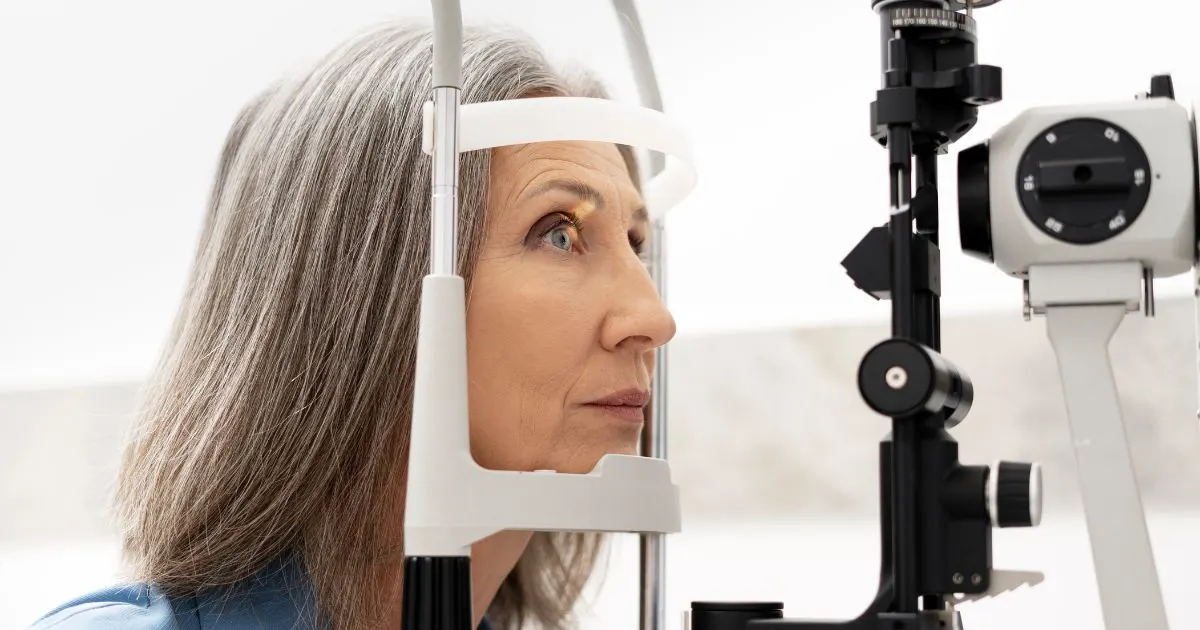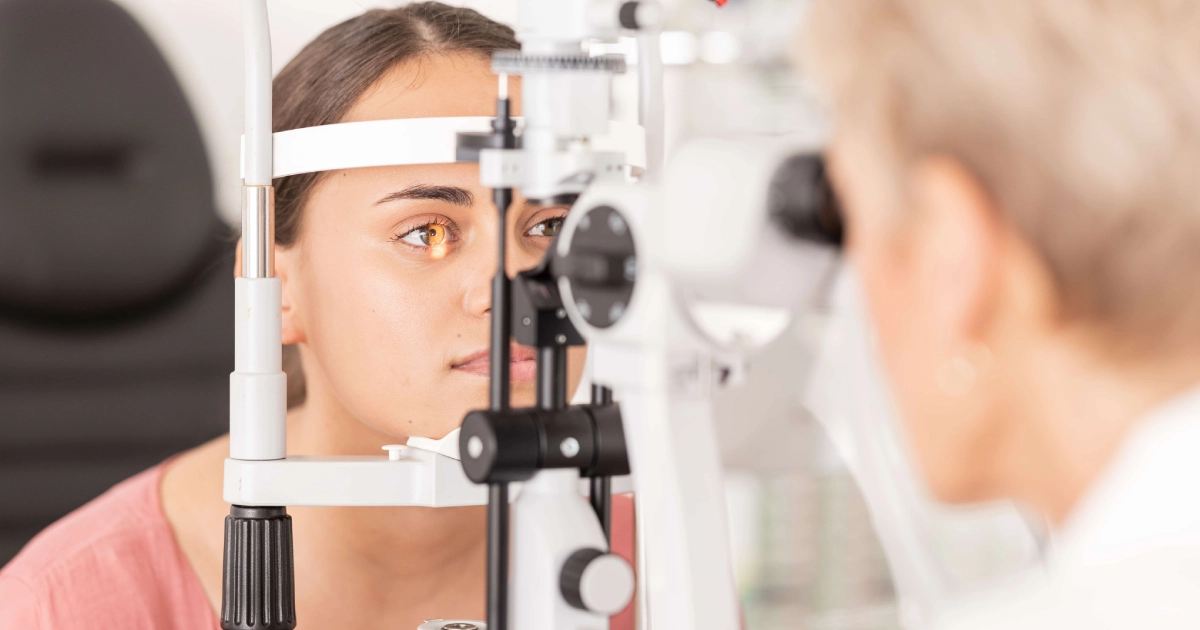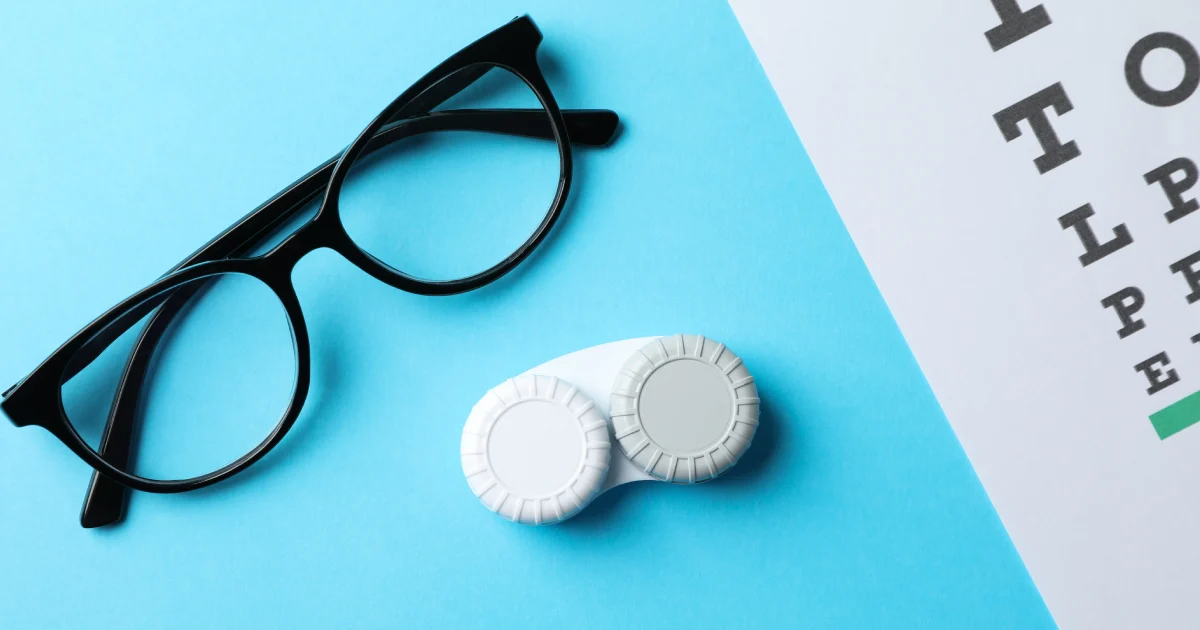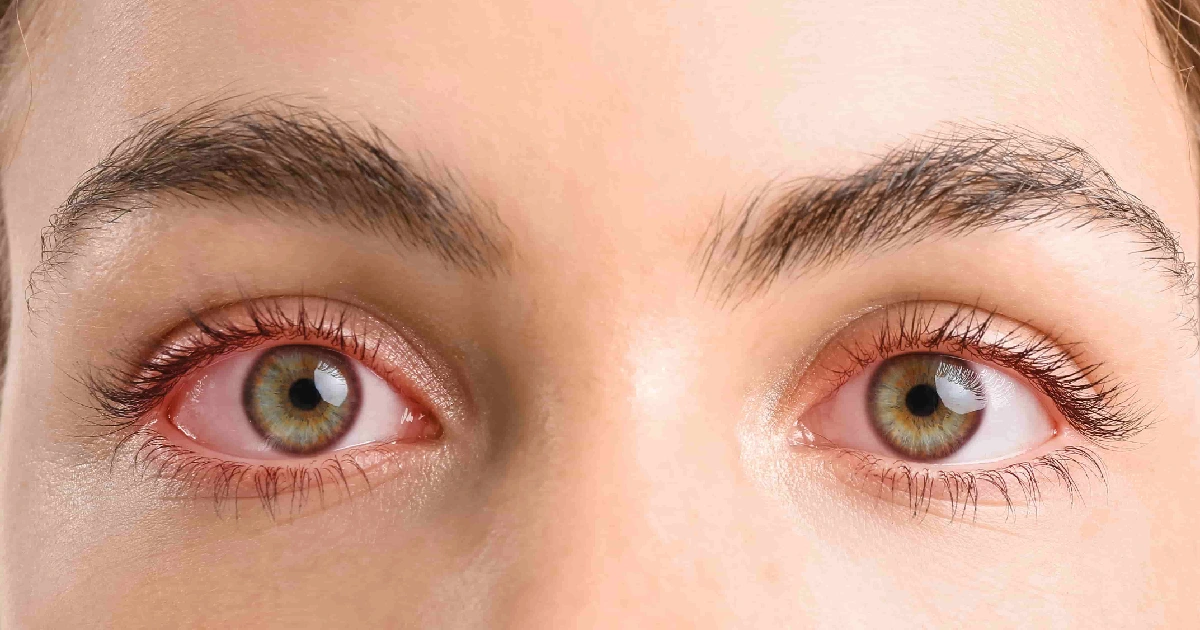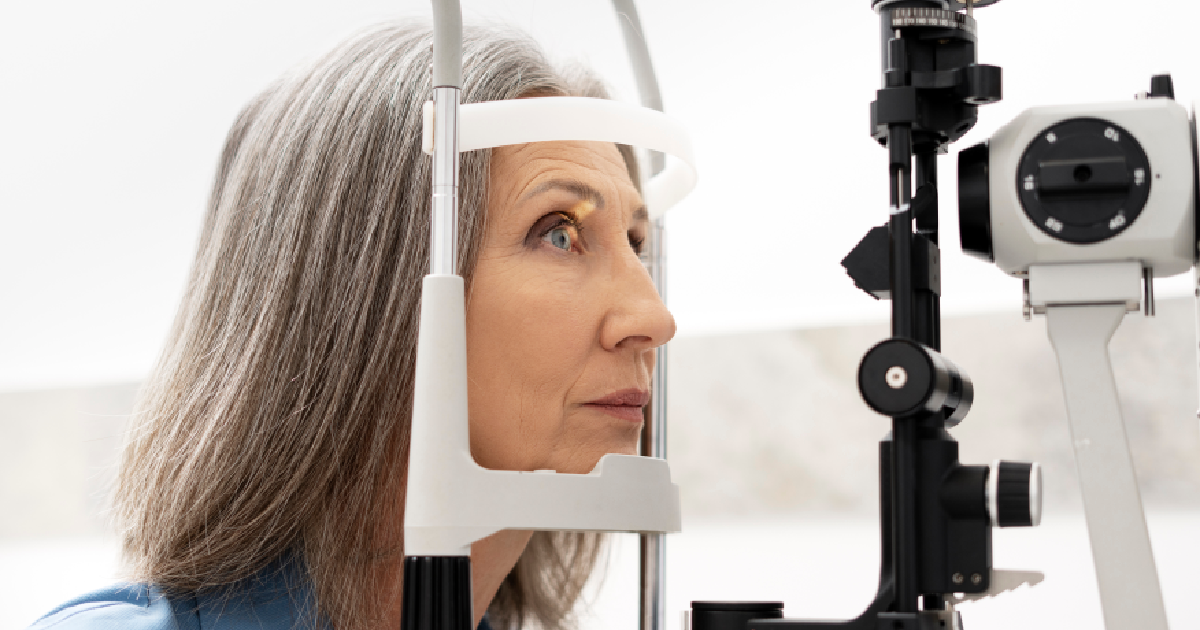Table of Contents
Dry eye disease is a prevalent illness affecting millions of people globally. It happens when there aren’t enough tears in your eyes, or they dry up too soon. While many people experience occasional dry eyes due to environmental factors or extended screen time, others may suffer from chronic dry eye disease that requires medical intervention. This guide will walk you through the dry eye symptoms and treatment options and help you determine when to see a specialist.
Understanding Dry Eye Disease
Dry eye disease is more than just an uncomfortable sensation—it can significantly affect your quality of life. The condition happens when the tear film, a thin layer of fluid that covers your eye, becomes unstable. This instability can result in irritation, inflammation, and even damage the eye’s surface.
- Age-related changes in tear production
- Prolonged computer or screen use
- Environmental factors (wind, smoke, dry air)
- Certain medications (antihistamines, antidepressants)
- Medical conditions like diabetes or rheumatoid arthritis
- Hormonal changes, particularly in postmenopausal women
While many people can manage their symptoms with over-the-counter eye drops or lifestyle changes, others may require more specialized care. Recognizing when to seek professional dry eye treatment can prevent complications and improve your eye health.
Common Symptoms of Dry Eye Disease
One of the most critical aspects of addressing dry eye disease is recognizing its symptoms. Dry eye can manifest in several ways, and knowing these signs can help you decide when to consult a specialist. Common symptoms include:
- A burning, stinging, or scratchy sensation in the eyes
- Redness or irritation
- Blurred vision, particularly after reading or using a computer
- Sensitivity to light
- A feeling of having something in your eye
- Watery eyes (your body may overproduce tears in response to dryness)
- Difficulty wearing contact lenses for extended periods
If you experience any of these symptoms regularly, it might be time to seek dry eye treatment from a specialist.
When to See a Specialist for Dry Eye Disease
Not all cases of dry eye disease require a specialist’s care, but there are certain situations where seeing an eye doctor is crucial. You should consider making an appointment with a specialist if:
Over-the-Counter Solutions Are Not Working
Many individuals start treating dry eye symptoms with over-the-counter artificial tears or lubricating eye drops. These products can provide temporary relief for mild symptoms. However, if you’ve been using these products consistently and still feel discomfort, it might indicate a more severe condition that requires professional dry eye treatment. A specialist can assess your tear production and recommend a more targeted treatment plan.
Your Symptoms Are Chronic or Severe
If your dry eye symptoms persist for over a few weeks or are particularly bothersome, it’s essential to consult an eye doctor. Chronic dry eye can lead to inflammation, damage to the surface of your eye, and even vision problems if left untreated. Specialists have access to diagnostic tools and advanced treatments beyond what can be achieved with basic over-the-counter options.
You Experience Blurred Vision or Eye Pain
A frequent sign of dry eye illness is blurred vision; however, if the condition develops or causes pain, you should consult a doctor. The cornea, the transparent, dome-shaped surface of your eye, may become damaged due to persistent dry eye. If corneal injury is not adequately treated, it might result in blindness. A specialist in eyesight can conduct examinations to ascertain the degree of harm and provide suitable remedies for dry eyes.
You Have a History of Eye Surgery or Health Conditions
Suppose you have undergone eye surgery, such as LASIK or cataract surgery, or have underlying health conditions like diabetes, lupus, or rheumatoid arthritis. In that case, you may be at a higher risk of developing dry eye disease. In such cases, seeing a specialist for regular eye check-ups and personalized treatment plans is especially important. Your eye doctor can monitor your condition and recommend specific dry eye treatment options tailored to your needs.
Your Eyes Are Consistently Red or Irritated
Redness or irritation in the eyes can be a sign of inflammation. While environmental factors like smoke or wind can cause occasional redness, persistent redness might indicate a more severe problem that requires medical attention. Inflammation can worsen if left untreated, so it’s best to see a specialist for proper diagnosis and care.
Diagnostic Tests for Dry Eye Disease
When you visit a specialist for dry eye treatment, they will perform a series of diagnostic tests to assess the severity of your condition. Some standard tests include:
Tear Breakup Time
This test measures how long it takes for tears to evaporate after a blink. If they break up too quickly, it indicates an issue with tear stability, which is common in dry eye disease.
Schirmer Test
In this test, a small strip of paper is placed under your lower eyelid to measure the volume of tears your eyes produce. This helps determine if your tear glands produce enough tears to lubricate your eyes properly.
Staining Tests
Your eye doctor may use special dyes, like fluorescein or lissamine green, to highlight areas of damage on the surface of your eye. These tests can help detect corneal damage or irregularities in your tear film.
Dry Eye Treatment Options
Fortunately, there are many effective dry eye treatment options available today. Depending on the severity of your condition, a specialist may recommend one or more of the following treatments:
Prescription Eye Drops
If over-the-counter eye drops are not providing relief, your specialist may prescribe medicated eye drops. These can include anti-inflammatory drops to reduce swelling and promote healthy tear production.
Punctal Plugs
Punctal plugs are tiny instruments that help keep moisture on the surface of your eyes by inserting them into the tear ducts. They are a standard, less invasive therapy option for moderate to severe dry eyes.
Conclusion: Seek Specialized Dry Eye Treatment
Dry eye disease can significantly impact your daily life, from causing discomfort and irritation to affecting your vision. While some people may find relief with simple at-home remedies, others may require more specialized care to address chronic symptoms or underlying causes. If you are experiencing persistent dry eye symptoms, blurred vision, or discomfort, it’s time to consult a specialist for dry eye treatment. At Norwood Park Eye Center, we are dedicated to providing personalized care for each patient. Don’t let dry eye disease disrupt your life— contact us today to schedule an appointment and explore the best dry eye treatment options for you.

